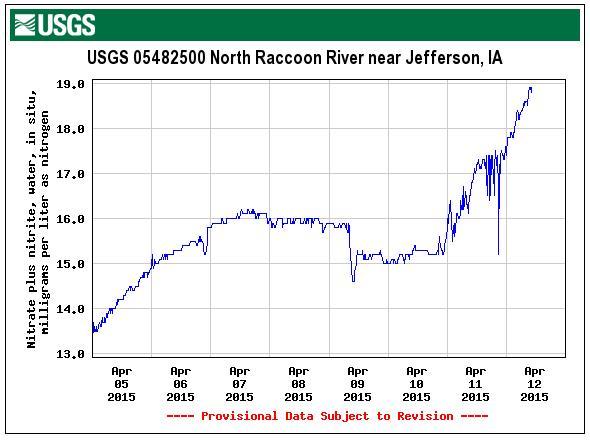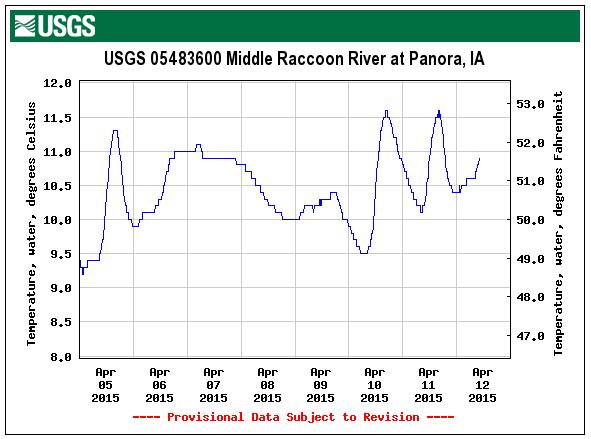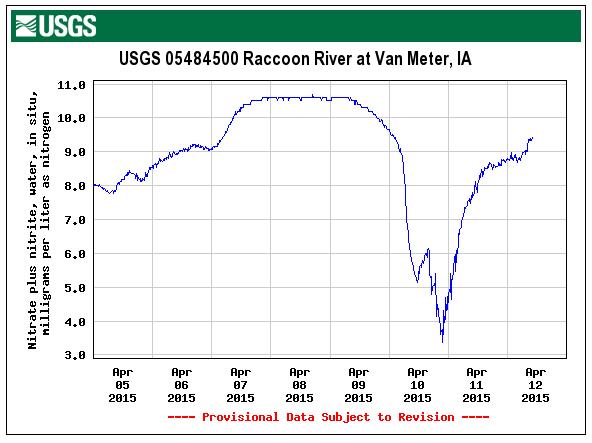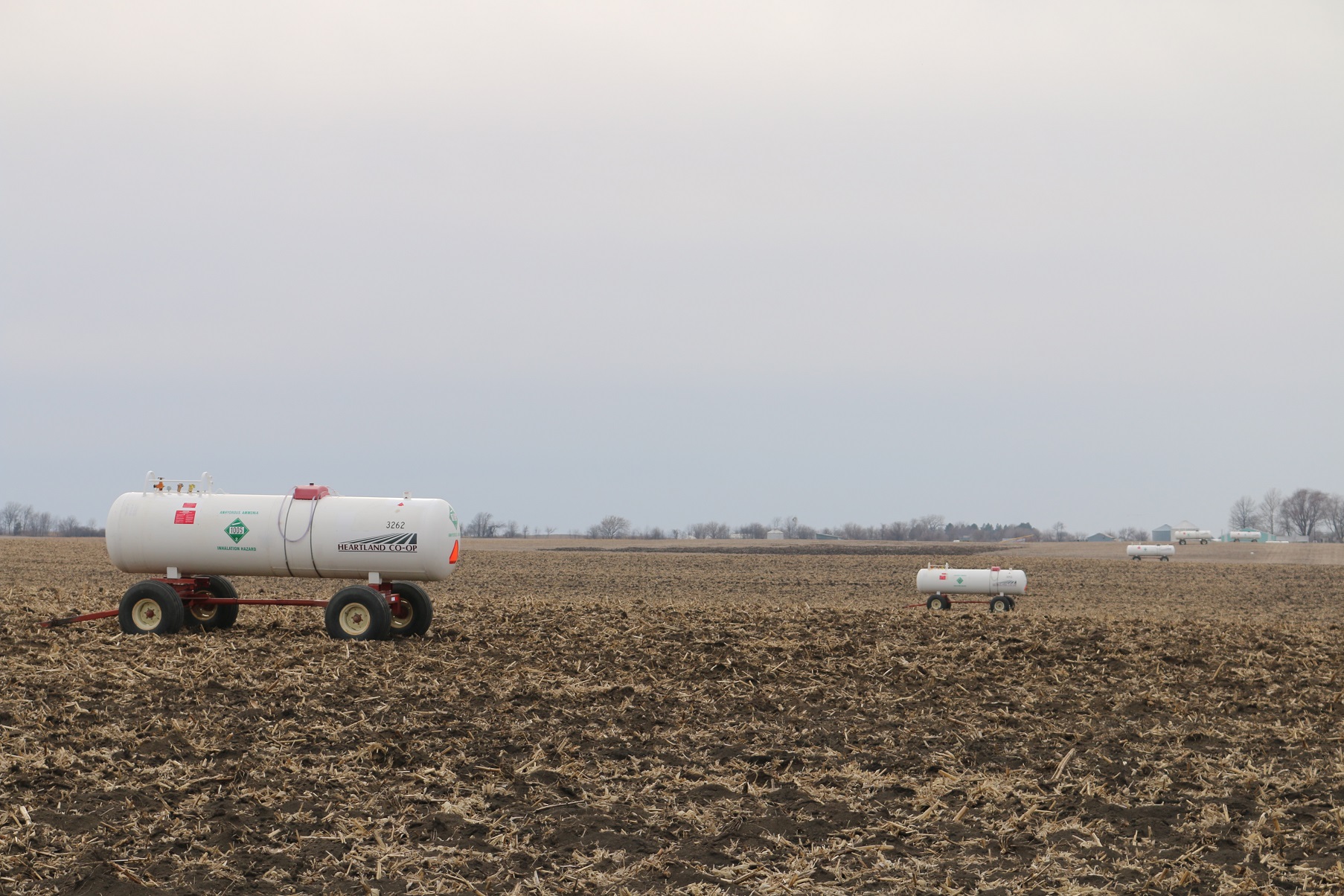The Raccoon River Watershed Association (RRWA) held its annual meeting April 4 at the Hotel Pattee in Perry and covered a number of issues related both to water quality in the 2.3 million acre watershed and more general environmental concerns.
The meeting began with the group’s discussing its own funding, which comes mainly from donations, and with plans to fund research projects for the coming year.
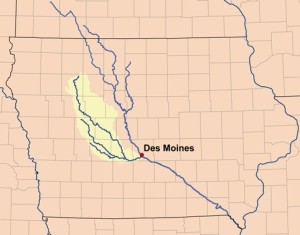
million acres, in west-central Iowa. It is a tributary of the
Mississippi River Basin, draining to the Gulf of Mexico.
The Raccoon River receives water from portions of 17
Iowa counties including Clay, Palo Alto, Buena Vista,
Pocahontas, Sac, Calhoun, Webster, Carroll, Greene,
Boone, Audubon, Guthrie, Dallas, Polk, Adair, Madison
and Warren counties. It flows approximately
186 miles from its origin in Buena Vista County to its
mouth in Des Moines.
It was agreed to continue funding the Drake University study of macroinvertebrates in the Raccoon River. RRWA gave $3,000 toward this research project last year and received reports from the Drake researchers at its annual convention in Des Moines in March.
The group also voted to give more money to Iowa Rivers Revival, a Des Moines non-profit group that lobbies state legislators. Iowa Rivers Revival received $1,500 from RRWA in 2014.
RRWA board member Sara Thompson from Lake View reported on activities at Black Hawk Lake, including plans for a May 24 music festival at the lake to raise funds for the Black Hawk Restoration Project.
Black Hawk Lake is in the head waters of the Raccoon River. The lake has been “dead” for many years, according to RRWA member Ray Harden, and local groups are trying to bring it back to life.
The Black Hawk Restoration Project event will be open to the public and will feature food, drinks, live music and an address by Chuck Gipp, director of the Iowa Department of Natural Resources. Tickets for the May event will be $25, Thompson said.
RRWA members also discussed some general environmental problems, including the chemical triclosan, a common ingredient in antibacterial soaps. Professor Melinda Coogan of Buna Vista University and her students conducted research on this chemical last summer in the Raccoon River near Storm Lake.
According to Coogan’s preliminary finding, there seems to be a correlation between triclosan and bacterial resistance to antibiotics. She said efforts are being made to have the EPA remove this chemical from cleaning products. Coogan and her Buena Vista University students also delivered reports at the RRWA annual convention.
President Steve Roe welcomed a new member, Karen Kelleher of Altoona, to the watershed organization.
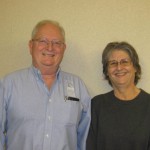
Susan Heathcote, water program director with the Iowa Environmental Council, invited members to participate in the spring 2015 Polk County water monitoring snapshot on Wednesday, May 6.
“To assist me in coordinating the sampling teams, I’m asking all volunteers to preregister by Monday, May 4,” Heathcote said. The spring snapshot is part of a regular project to sample Polk County rivers, streams, ponds and lakes twice a year, in the spring and fall, she said. They help scientists and concerned citizens learn more about the water quality in the rivers, streams and lakes of the county.
“In sampling events held over the past 11 years, volunteers helped collect water samples at over 70 sites throughout the county,” Heathcote said. “For those of you who have participated in the snapshot before, everything will be basically the same. We’ll meet at 8:30 a.m. at the Izaak Walton League Clubhouse at 4343 George Flagg Parkway in Des Moines to get your site assignments, sampling gear and instructions.”
Sampling will be done between 9 a.m. and 1:30 p.m., she said, with all samples due back by 2 p.m. For reasons of safety, teams are composed of at least two people, and all participants must sign a liability waiver. Children under 18 may participate but must be accompanied by a parent or responsible adult and have a liability waiver signed by a parent.
“If you have a digital camera and would be willing to bring that along to take pictures of the sample sites and volunteers collecting data, that would also be appreciated,” Heathcote said. “A watch with a second hand or a stopwatch is also helpful in timing some of the chemical tests.”
Heathcote said volunteers can be placed on teams with friends, family members or co-workers if the request is made at preregistration. She said sampling is done in groups of two or four, with at least one experienced volunteer on each team.
“Consider bringing a friend along,” Heathcote said. “It’s a great way to introduce others to the joys of water monitoring.” Fore more information or to preregister, Heathcote at 515-244-1194 ext. 205 or visit http://www.ia
Rainstorms in the week since the meeting have members concerned about a sharp spike in nitrate pollution in the Raccoon River. The U.S. Environmental Protection Agency has set 10 milligrams of nitrogen per liter of water as the maximum volume of nutrient pollution safe for human consumption.
“A flush of nitrogen is on the way,” said RRWA member Mike Delaney Saturday. “The U.S. Geological Survey gauge right now at Jefferson has the nitrates at over 17 milligrams per liter and Sac City over 19, and the water level’s up. That means the nitrate load is huge.”
Delaney and the RRWA advocate conservation efforts to reduce nitrate pollution in the Raccoon River, such as wetland restoration and planting cover crops.
“There must be a better way to keep nitrogen available for crops and out of the river,” Delaney said. “Check it out before our opponents take this data source (U.S. Geological Survey real-time monitoring) away.”
For more information about the Raccoon River Watershed Association or to join, visit their website.

